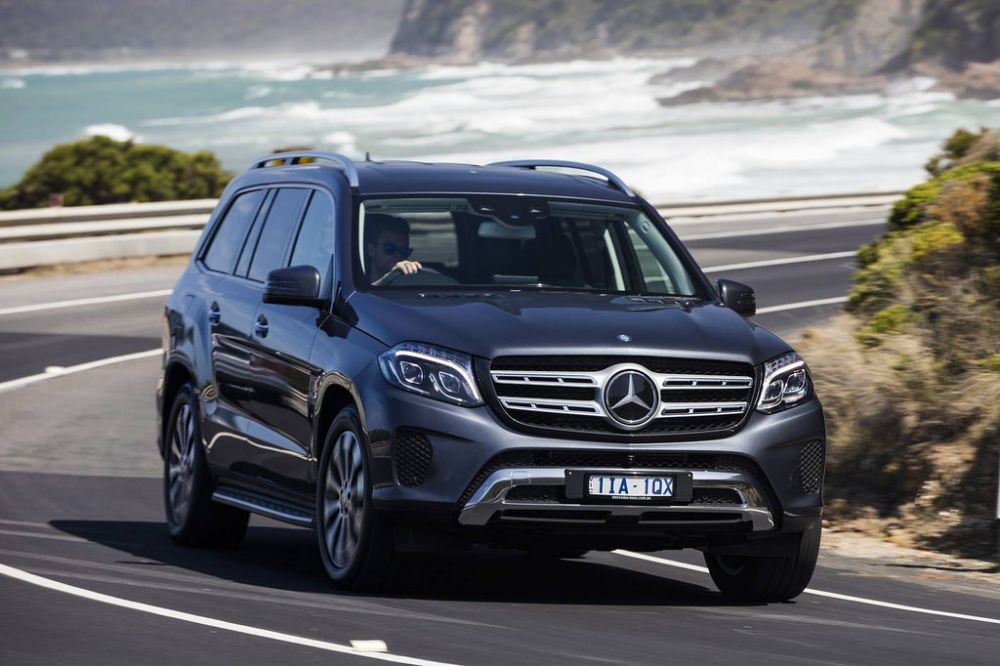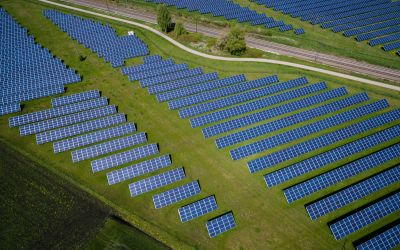Mercedes-Benz to reveal its first hydrogen-powered SUV
The Stuttgart-based automobile giant, Mercedes-Benz announced that it is about to unveil its first production-ready hydrogen car on 12 September at the Frankfurt Motor Show.

The Stuttgart-based automobile giant, Mercedes-Benz announced that it is about to unveil its first production-ready hydrogen car on 12 September at the Frankfurt Motor Show.
The new car will be a hydrogen-fuelled version of Mercedes’ GLC midsize SUV, and it has been developed under Automotive Fuel Cell Cooperation (AFCC), - a joint venture between Mercedes’ parent company Daimler and American automobile manufacturer Ford based in Vancouver, Canada.
Business Insider reports that Ford had initially planned to work on its own hydrogen car and to reveal it by 2017, but it decided to focus on its electric car production instead.
The plug-in fuel cell model is planned to go on sale in selected markets across the world in 2018.
Engineers have replaced the standard GLC’s combustion engine for a fuel cell stack, which generated electricity in a reaction between hydrogen and oxygen.
The hydrogen is stored in two carbon-fibre-encased tanks mounted within the GLC F-Cell’s floor.
The tanks have a capacity of holding up to four kilograms of hydrogen, and are pressurised at 700-bar.
According to the joint venture, the tanks will be able to be refilled within three minutes.
The hydrogen car will also comprise a 9kWh lithium-ion battery to provide an impressive overall range of up to 500km (3110 miles), with 50km claimed to be achieved on the electricity of the battery alone.
According to Daimler, it is the first time that a lithium-ion battery is used for autonomous operation in an electric vehicle with fuel cell.
During the development of its GLC F-Cell, Mercedes has drew on over eleven million miles of testing and has undergone over 500 individual tests,- including aerodynamic refinement and crash testing in the German car maker’s new wind tunnel and crash testing facility in Sindelfingen.
During the development programme, the new car’s prototypes have used about 200 tonnes of hydrogen, emitting approximately 1800 tonnes of water vapour.
Hydrogen-power vehicles are still in a niche stage, as according to the US Department of Energy, there are currently thirty nine hydrogen charging stations, contrary to 16,237 electric vehicles charging points.
You can check how the plug-in fuel cell version of GLC will look like here.






